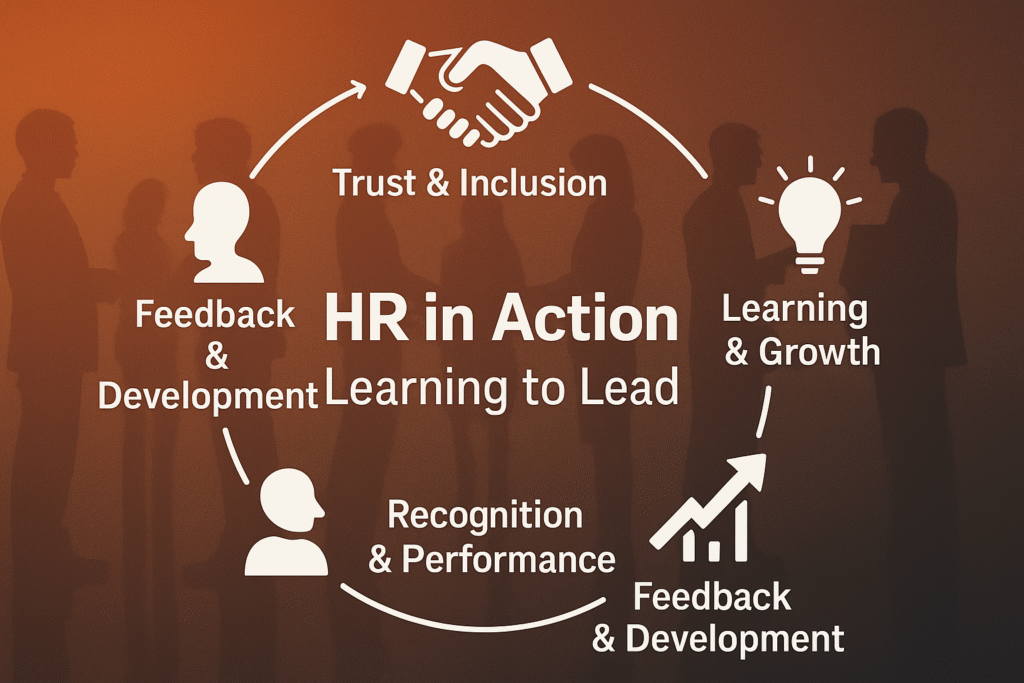
After taking the Project Implicit Test, I specifically selected the Race test to investigate my implicit attitudes. The results revealed that I have a slight automatic preference for European Americans over African Americans. Initially, I was taken aback because I perceive myself as a just and open person. Nonetheless, as the provided readings explain, implicit bias occurs automatically and results from culture, media, and socialization influences. Therefore, a person does not deliberately demonstrate prejudice. Nevertheless, the implicit bias does affect behavior and decision making, even if the individual remains unaware of it. The hiring manager’s reliability diminishes when the selection process is left to the personal decisions of the interviewer without objective methods. Furthermore, validity is downgraded by the adherence of managers to hire employees who “seem right” without considering their skills and aptitudes. An example might be that a candidate looks or talks in a certain way, which instantly convinces a person of outstanding performance. The characteristic has nothing to deal with the candidate’s abilities but only with personal bias. The proper response to this situation is to train the recruiters in structured interviews and the same recruitment processes for all applicants. Additionally, I can be mindful of the automatic reactions, slow down the implicit decisions, and investigate the first impression before decision-making. Implicit bias is not limited to eliminating; however, it is reversible with awareness of the presence of reflections and intention, as Vandiver outlines.
References:
Bohnet, I. (2016). How to Take the Bias Out of Interviews. Harvard Business Review.
Knight, R. (2017). 7 Practical Ways to Reduce Bias in Your Hiring Process. SHRM.
Vandiver, B. J. (2018). Understanding Implicit Bias—and How to Work Through It. Be Better Blog.

